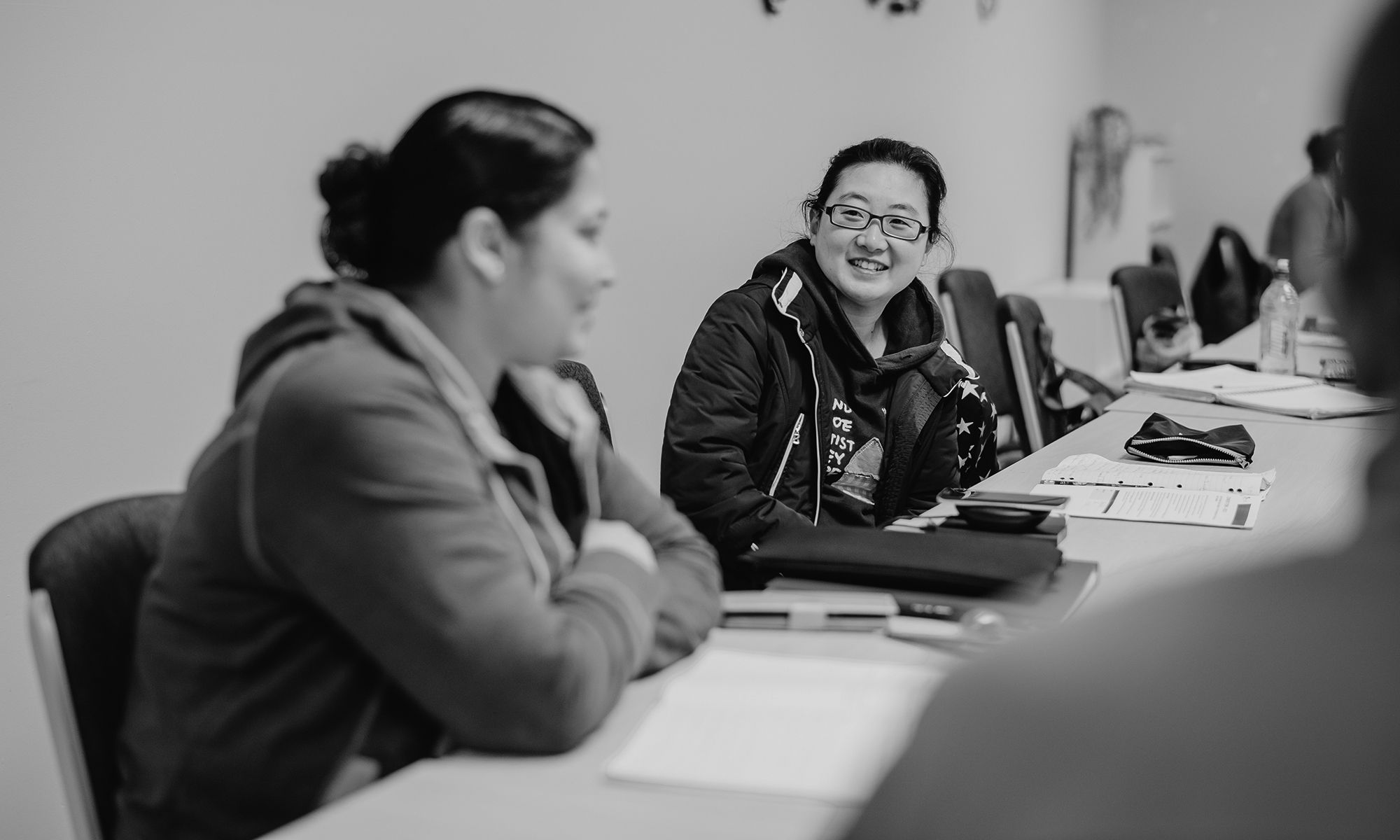Author/s: Tom Short and Roger Harris
Edition: Volume 50, Number 2, July 2010
Summary: Modern organisations have become more complex, less mechanistic and increasingly sensitive to rapid changes in the external environment than in previous eras. Today, executives lead employees through a maze of complexity and changing contexts. However, another group of dedicated professionals, the human resource managers and practitioners, also play a big part in shaping business success. For human resource managers, learning how to cope with a diverse range of people-centred challenges has generated a succession of workplace development initiatives aimed at aligning education and training with business strategy (Anderson 2009). In the knowledge economy, the value of workplace education and training has become a mantra for business survival. Simultaneously, in response to a requirement for change, the human resource management (HRM) profession has engaged in frequent and often inward-looking processes to re-define its own contribution, not only to the effectiveness of an enterprise but also to the individual employee and wider community. Within this evolution, in some organisations, the traditional sub-areas of HRM, such as human resource development (HRD), have gradually become detached from mainstream HRM and assumed a role quite different in both purpose and approach to from the more hegemonic notion of resources management. This paper draws insights from a group of senior HRD professionals in New Zealand to review the significance of workplace learning in a strategic context and identify the challenges the profession faces in meeting the demands of complex workplaces. The paper focuses on how HRD professionals go about aligning learning activities with business objectives—often with mixed results.
Keywords: human resource management, workplace learning, business objectives
![]()
![]()
![]()
![]() Share a copy of this abstract.
Share a copy of this abstract.
This article is part of AJAL, Volume 50_2. The entire volume is available in .pdf for purchase here.
